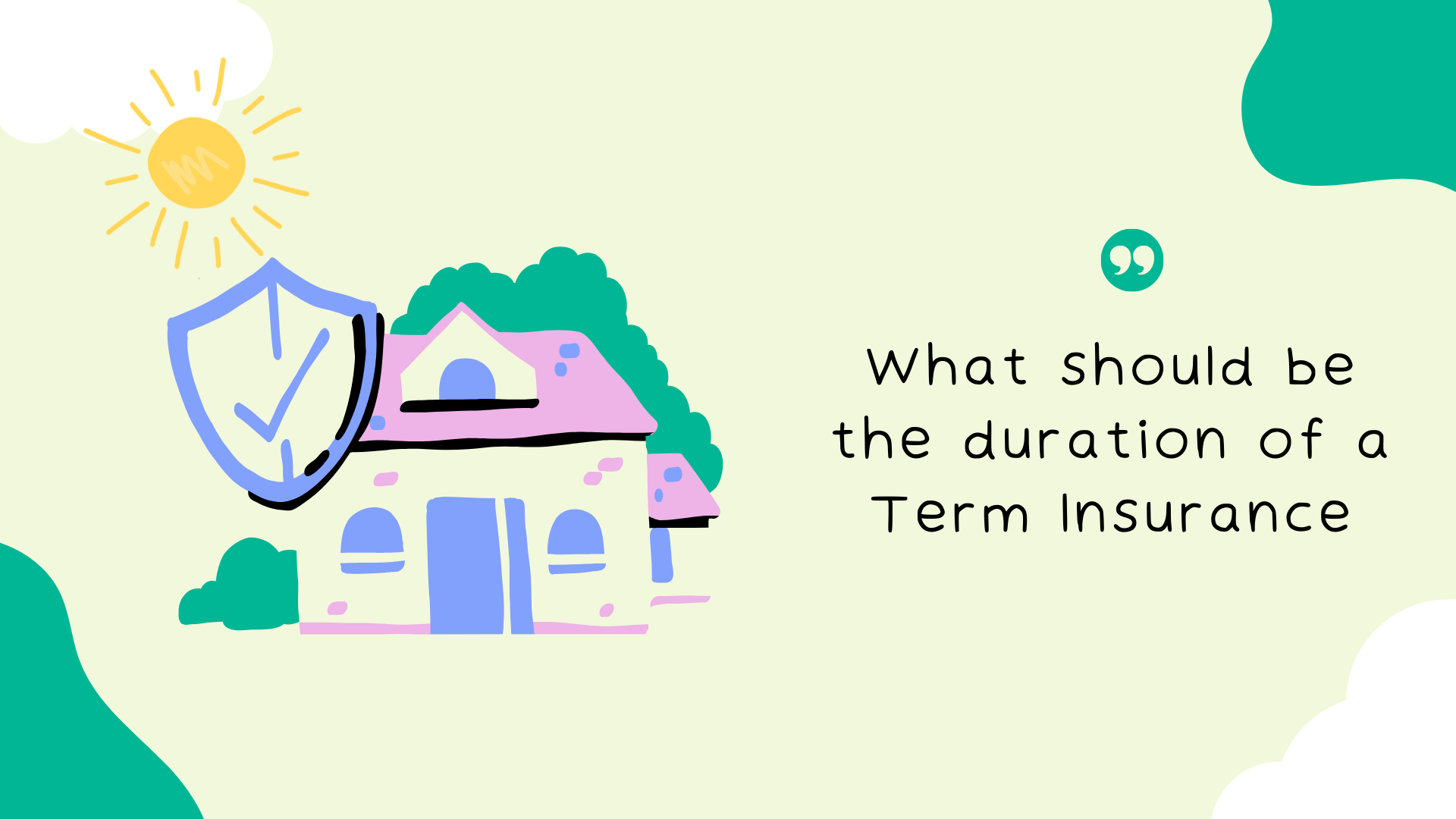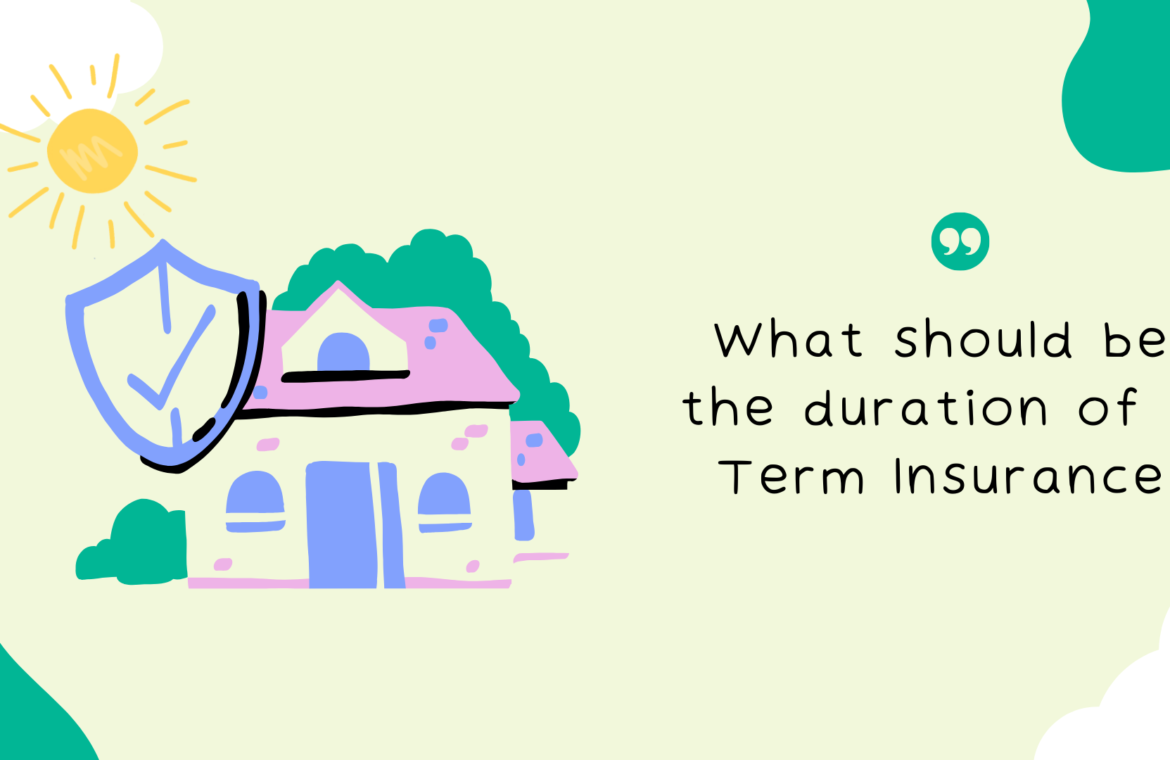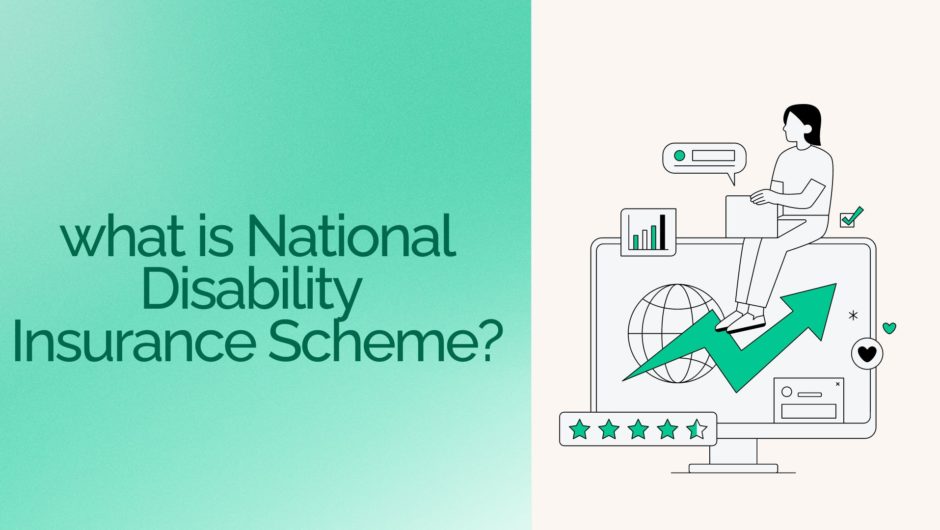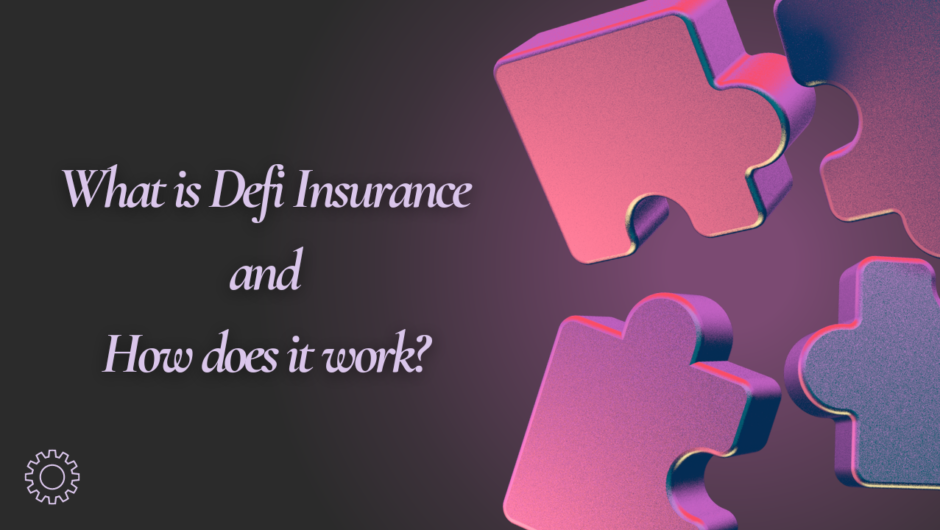The duration of a term insurance policy, known as the policy term, is a factor in deciding its effectiveness. Typically, term insurance can last anywhere from 5 to 40 years, depending on your needs and financial goals. A longer term provides extended protection, especially if you have long-term financial responsibilities like a mortgage or young children. Conversely, a shorter term might be suitable for temporary coverage needs. Choosing the right duration ensures that your loved ones are financially secure during critical periods of your life. It’s important to assess your future obligations and select a term that aligns with your family’s needs.

What are the factors for Choosing a Policy Term?
When choosing a policy term for term insurance, several factors should be considered to ensure you select the right duration for your needs. Here are the key factors:
- Age: Younger individuals might need longer policy terms to cover long-term financial obligations, while older individuals may opt for shorter terms aligned with their remaining working years or retirement plans.
- Financial Responsibilities: Assess your current and future financial commitments, such as mortgages, loans, and your children’s education. Choose a term that covers these obligations to ensure your family is protected.
- Dependents’ Needs: Consider the age and financial dependency of your family members. If you have young children, a longer term may be necessary to support them until they become financially independent.
- Income Replacement: Determine how long your income will be needed to support your family. This will help you decide on a term that provides adequate coverage during your earning years.
- Retirement Planning: Align your policy term with your retirement age. Ideally, the term should last until you retire or your financial obligations significantly decrease.
- Health Status: Your current health can affect the policy term and premium rates. If you are in good health, you might consider a longer term. If you have health issues, a shorter term might be more practical.
- Affordability: Longer terms usually have higher premiums. Ensure that the premiums are affordable throughout the policy duration without straining your finances.
- Future Life Events: Consider potential life events, such as marriage, having children, or starting a business, which could impact your financial responsibilities and the necessary duration of coverage.
- Existing Insurance: If you already have other life insurance policies, evaluate how the new term policy fits into your overall insurance plan. It should complement existing coverage rather than overlap unnecessarily.
Short-Term vs. Long-Term: Which is Right for You?
Comparing short-term and long-term term insurance to help you determine which is right for you:
| Criteria | Short-Term Term Insurance | Long-Term Term Insurance |
|---|---|---|
| Duration | 5 to 20 years | 20 to 40 years |
| Premium Cost | Lower premiums | Higher premiums |
| Financial Obligations | Suitable for short-term obligations (e.g., small loans, temporary financial needs) | Suitable for long-term obligations (e.g., mortgage, children’s education) |
| Dependents’ Needs | Best for families with fewer long-term dependents | Ideal for families with young children or long-term dependents |
| Income Replacement | Covers income for a shorter period | Covers income for a longer period |
| Retirement Planning | Good for individuals nearing retirement | Ideal for those far from retirement |
| Health Considerations | Useful if health might deteriorate; consider converting to a permanent policy later | Best if in good health to lock in lower premiums for longer duration |
| Flexibility | Can be renewed or converted to longer terms or permanent policies | Less flexibility; locked into long-term commitment |
| Future Life Events | May require reassessment and new policy for major life changes | Provides stability through major life events without needing new policy |
| Affordability | More affordable in the short run | Higher cost but ensures long-term coverage |
| Overall Coverage | Temporary protection | Comprehensive, long-term protection |
Pros and Cons of Different Term Lengths
Short-Term Term Insurance
Pros:
- Lower Premiums: Shorter durations usually come with lower premiums, making it more affordable.
- Flexible Options: Easier to renew or adjust coverage as your needs change.
- Suitable for Temporary Needs: Ideal for short-term financial obligations like a small loan or temporary coverage.
Cons:
- Limited Coverage: Provides protection for a shorter period, which might not cover long-term responsibilities.
- Higher Future Costs: Renewing a short-term policy might result in higher premiums as you age.
Long-Term Term Insurance
Pros:
- Extended Protection: Covers long-term financial obligations such as mortgages or children’s education.
- Stable Premiums: Locks in rates for a longer duration, potentially saving money in the long run.
Cons:
- Higher Premiums: Long-term policies generally have higher premiums.
- Less Flexibility: Committing to a long-term plan may limit future adjustments to coverage.
How Life Stages Impact Term Insurance Duration?
Your life stages significantly impact the duration of your term insurance policy, as different stages come with varying financial responsibilities and needs.
Early Career
In the early stages of your career, you might have fewer financial obligations. A shorter term insurance policy could be sufficient to cover immediate needs like small loans or temporary coverage.
Mid-Career
During mid-career, you may have significant financial responsibilities such as a mortgage, child’s education, or a growing family. A longer-term policy is often recommended to provide stable financial protection for these long-term obligations.
Pre-Retirement
As you approach retirement, your financial responsibilities might decrease. At this stage, you might consider a policy with a term that extends just until retirement, ensuring coverage while you are still earning a stable income.
Retirement
In retirement, your financial obligations are generally lower. At this stage, you might need less term insurance or consider transitioning to a different type of policy for future needs.
Conclusion
In conclusion, selecting the right duration for a term insurance policy is crucial for ensuring your loved ones’ financial security. The ideal term length depends on your age, financial responsibilities, and future plans. A shorter term might be suitable for temporary needs, while a longer term offers extended protection for significant financial obligations like mortgages or children’s education. Carefully evaluating your current and future financial commitments will help you choose a term that aligns with your needs. Ultimately, the right duration balances affordable premiums with comprehensive coverage, providing peace of mind for both you and your family.
Frequently Asked Questions (FAQs)

Hello, I am Tanisha Kriplani, graduated in computer science from Delhi University. I am passionate about web content writing and have a strong interest in Data Analytics and Data Engineering.












